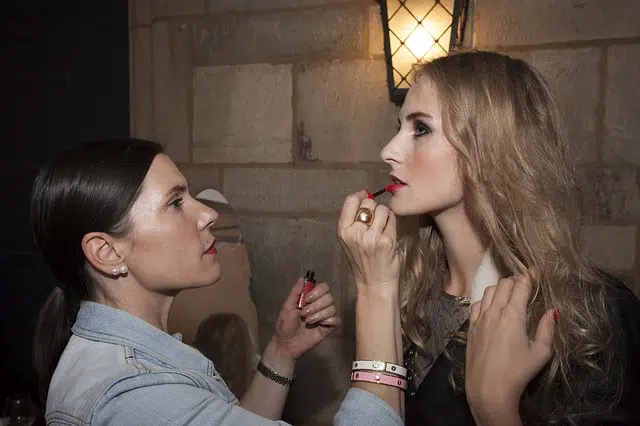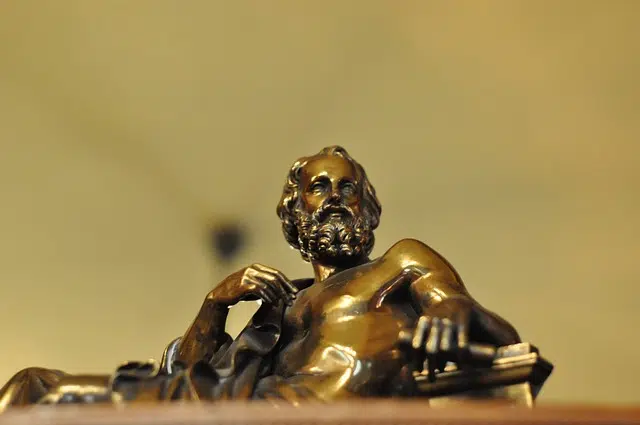
A beauty canon is built from the social acceptance of certain traits.
Beauty is associated with handsomeness . It is a subjective appreciation: what is beautiful for one person may not be so for another. However, certain characteristics that society in general considers attractive, desirable and beautiful are known as the canon of beauty .
Sensory manifestation and conceptual elements
The conception of beauty can vary between different cultures and change over the years. Beauty produces a pleasure that comes from sensory manifestations and that can be felt by sight (for example, with a person who is considered attractive from a physical point of view) or hearing (when listening to a pleasant voice or music). Smell, taste and touch, on the other hand, are not related to beauty.
Beyond sensory manifestation, it is possible to consider some abstract and conceptual things as beautiful. A moral reflection can be highlighted as a beautiful text: what matters in this case is what is said and not how it is said (that is, beauty is not on the paper or on the computer screen).
Beauty vs. ugliness
One of the most widespread canons of beauty is harmony . Humans tend to consider harmony and proper proportions desirable.
The opposite of beauty is ugliness , which does not cause pleasure but discontent and generates a negative perception of the object in question.
The concept in philosophy
Since the origins of this branch of science, attempts have been made to establish a stable definition of what beauty means and two firmly marked lines have been obtained: one that states that it is a subjective concept , subject to the experiences and ideas of each individual in particular, and the other that recognizes it as something standardized and firm , which responds to a series of principles established as "normal."

Plato was a philosopher who reflected on beauty.
In order to define this concept, it is necessary to first ask a series of questions , such as: To what objects can the category of beauty be applied? What are the codes that transcend cultural and temporal norms?
The branch of philosophy that has been responsible for the study of beauty is called aesthetics. This discipline analyzes the perception of beauty and searches for its essence.
Within philosophy, determining what is beautiful and what is not is one of the central problems of aesthetics and various thinkers throughout the centuries have addressed this problem. One of the first discussions of this topic dates back to the 5th century BC in Xenophon , where three concepts of beauty that differed from each other were established: ideal beauty (which was based on the composition of the parts), spiritual beauty (the reflection of the soul and that can be seen through the eye) and functional beauty (according to their functionality things may or may not be beautiful).
Beauty according to Plato
Plato was the first to prepare a treatise on the concept of beauty that would have a great impact in the West, taking certain ideas expressed by Pythagoras about the meaning of beauty as harmony and proportion and fusing it with the idea of splendor. For him, beauty comes from a reality outside the world that human beings are not able to fully perceive. Said:
«Of justice, then, and of good sense and of all that is valuable in souls, no radiance remains in the imitations here below, and only with effort and through unclear organs, is it given to a few, relying on the images, intuit the genre of what is represented.»
Possibly today one of the most accepted theories regarding this topic is the one proposed by relativism , which says that things are beautiful or ugly depending on the purpose they pursue.
